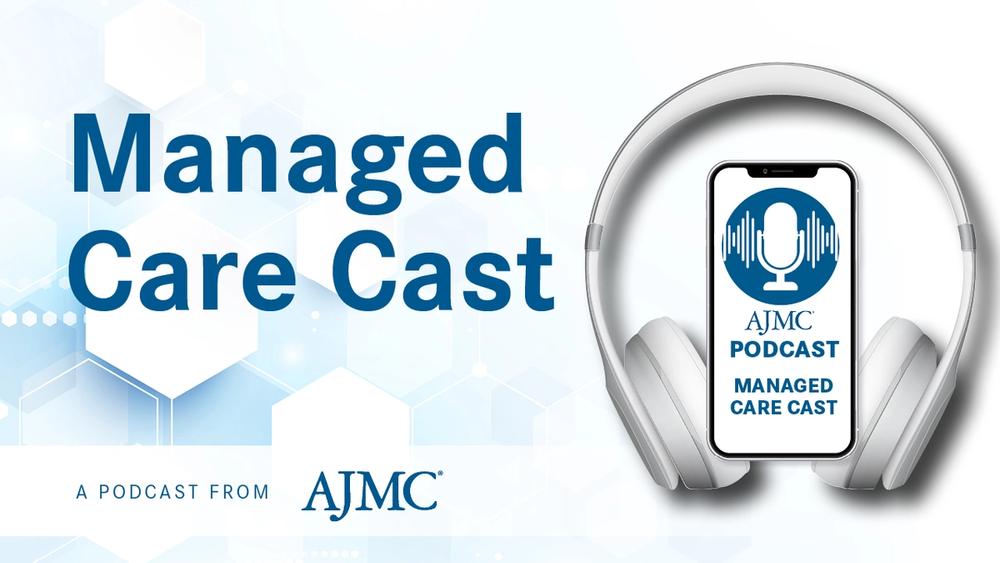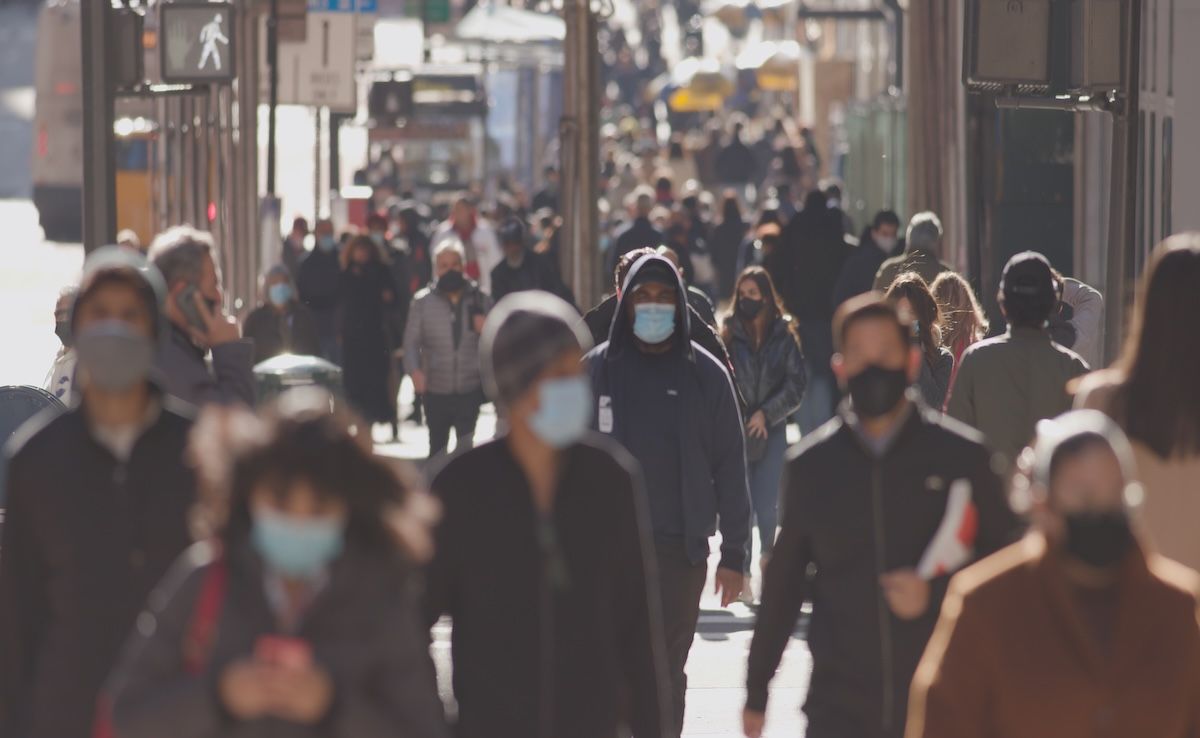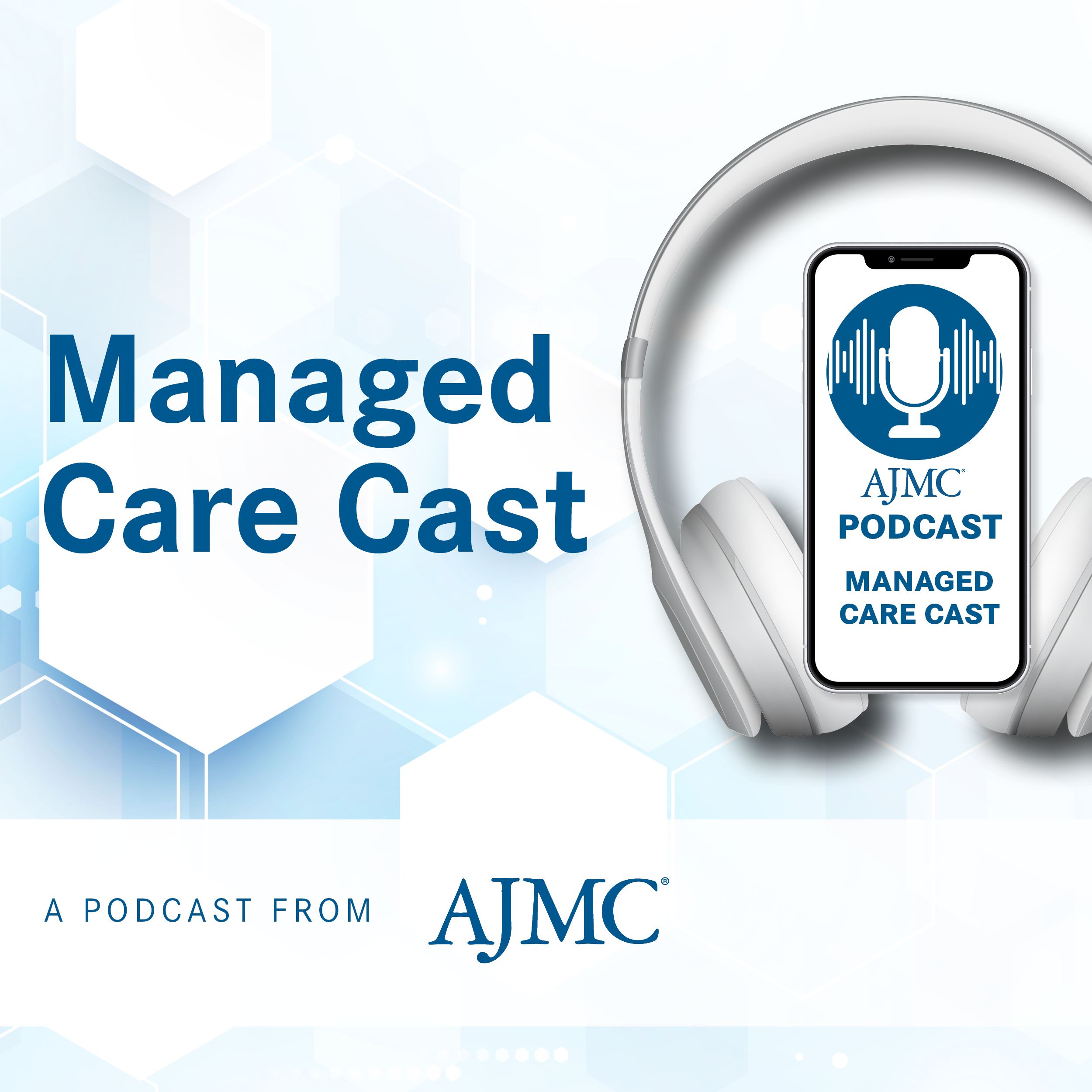Video
Dr Victoria Villaflor Discusses How Novel Therapies Have Changed Cancer Treatment
Immune therapies, or check point inhibitors, have been very successful in a subset of patient with multiple different types of malignancies and has changed their trajectory tremendously, explained Victoria Villaflor, MD, associate professor of Medicine, hematology and oncology, Northwestern University.
Immune therapies, or check point inhibitors, have been very successful in a subset of patient with multiple different types of malignancies and has changed their trajectory tremendously, explained Victoria Villaflor, MD, associate professor of Medicine, hematology and oncology, Northwestern University.
Transcript
How have novel therapies changed the cancer treatment landscape?
The premise of precision medicine, first and foremost, is to match the right patient with the right treatment at the right time. Immune therapies, or check point inhibitors, have been very successful in a subset of patient with multiple different types of malignancies and has changed their trajectory tremendously.
For example, melanoma has had a very high success rate with the immunologic therapies. As we all know, it’s where we started out in. President Jimmy Carter had actually gotten an experimental checkpoint inhibitor for his melanoma, which had traveled to his brain. He has been disease free for a number of years, potentially even cured, which doesn’t happen often, but it can happen with these therapies.
Additionally, there are lung cancer patients who have also benefitted tremendously form these therapies. Case and point are patient who have had greater than 50% tumor proportion score of PD-L1. These particular patients tend to have a very strong and lasting response to these drugs. However, it’s only about half of these patients who have these parameters.
I think there’s a lot of questions that still remain unanswered with them. I think they’re great therapies, they’re here to stay, and they do benefit some of our patients. But, my questions still remain: what is the proper sequencing of many of these agents? What should we be doubling them up with? Should we be doubling them up with anything? And, why are there patients who, in all rightfulness, should be responding to them and are not? Is it because of their innate immune systems? Is it because of other underlying comorbidities? Is it due to other problems within the microenvironment of these tumors? Even their microbiome, that remains pretty unclear at this time, and I think there’s a lot of work to be done.





